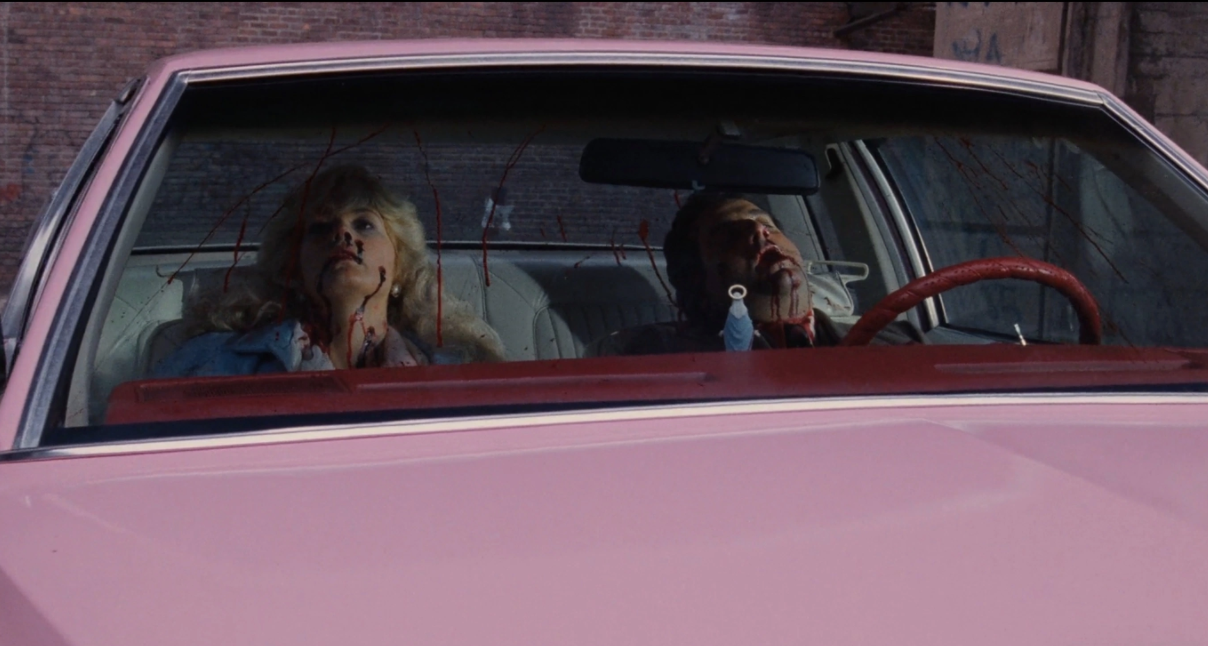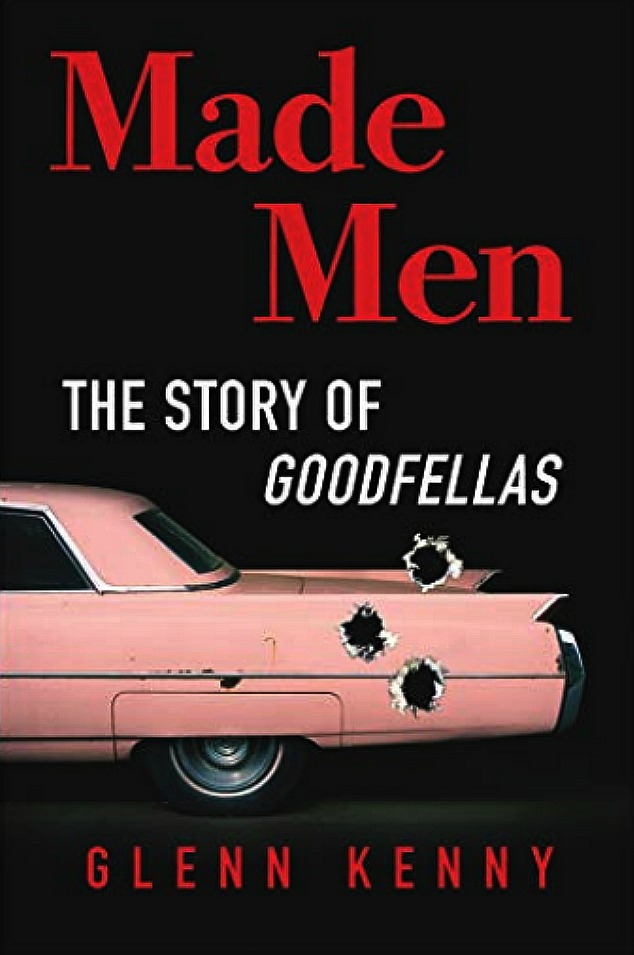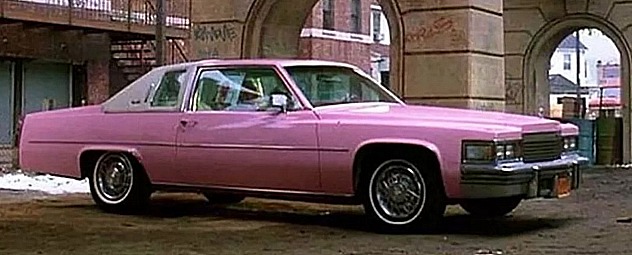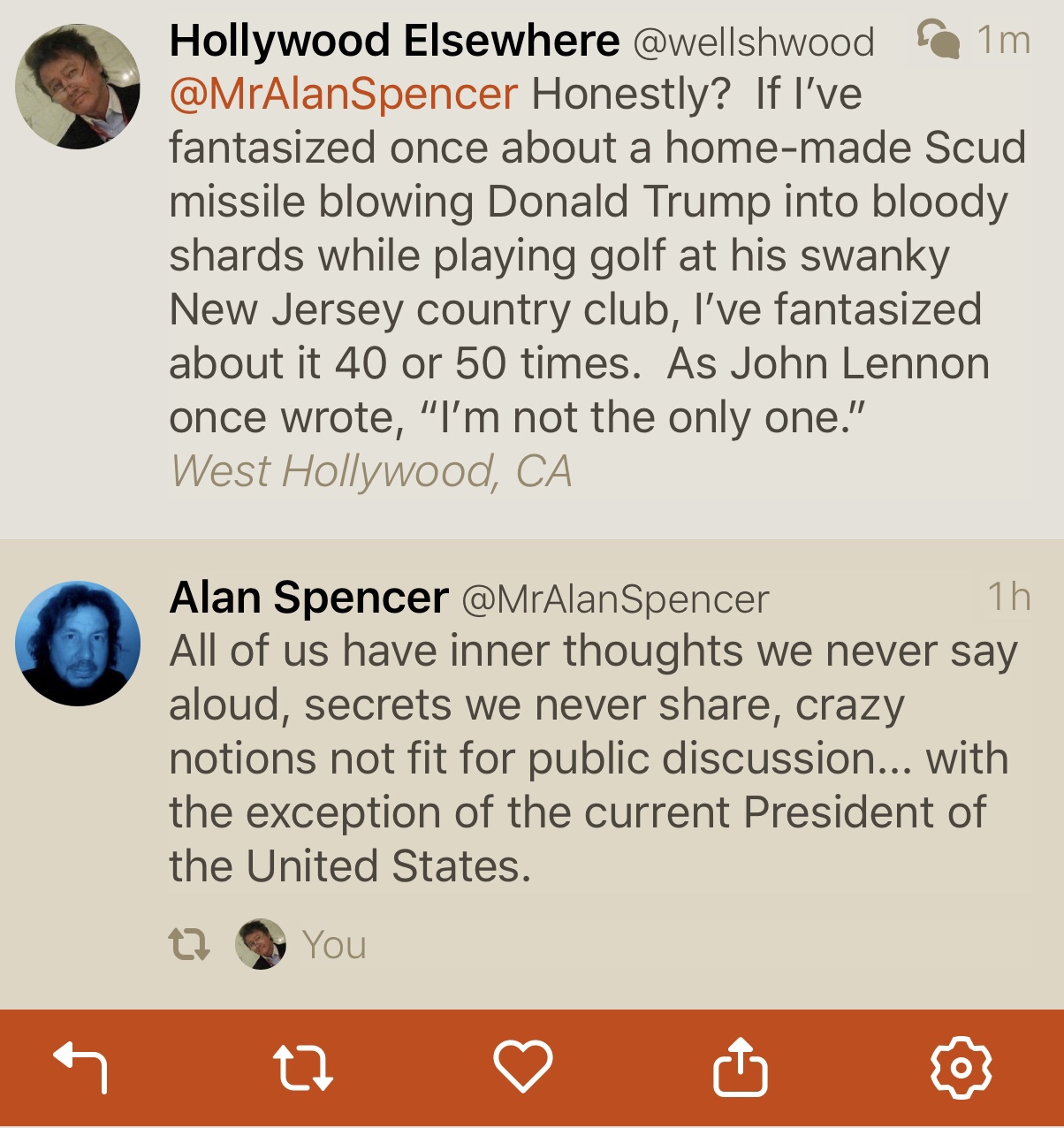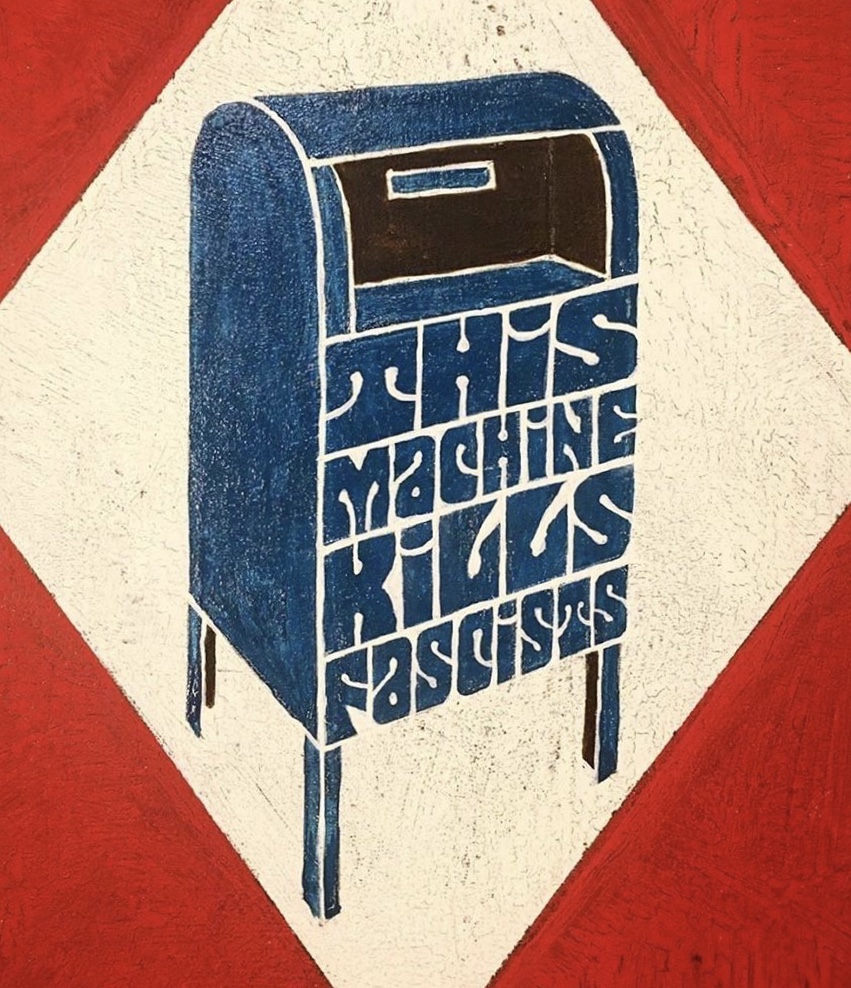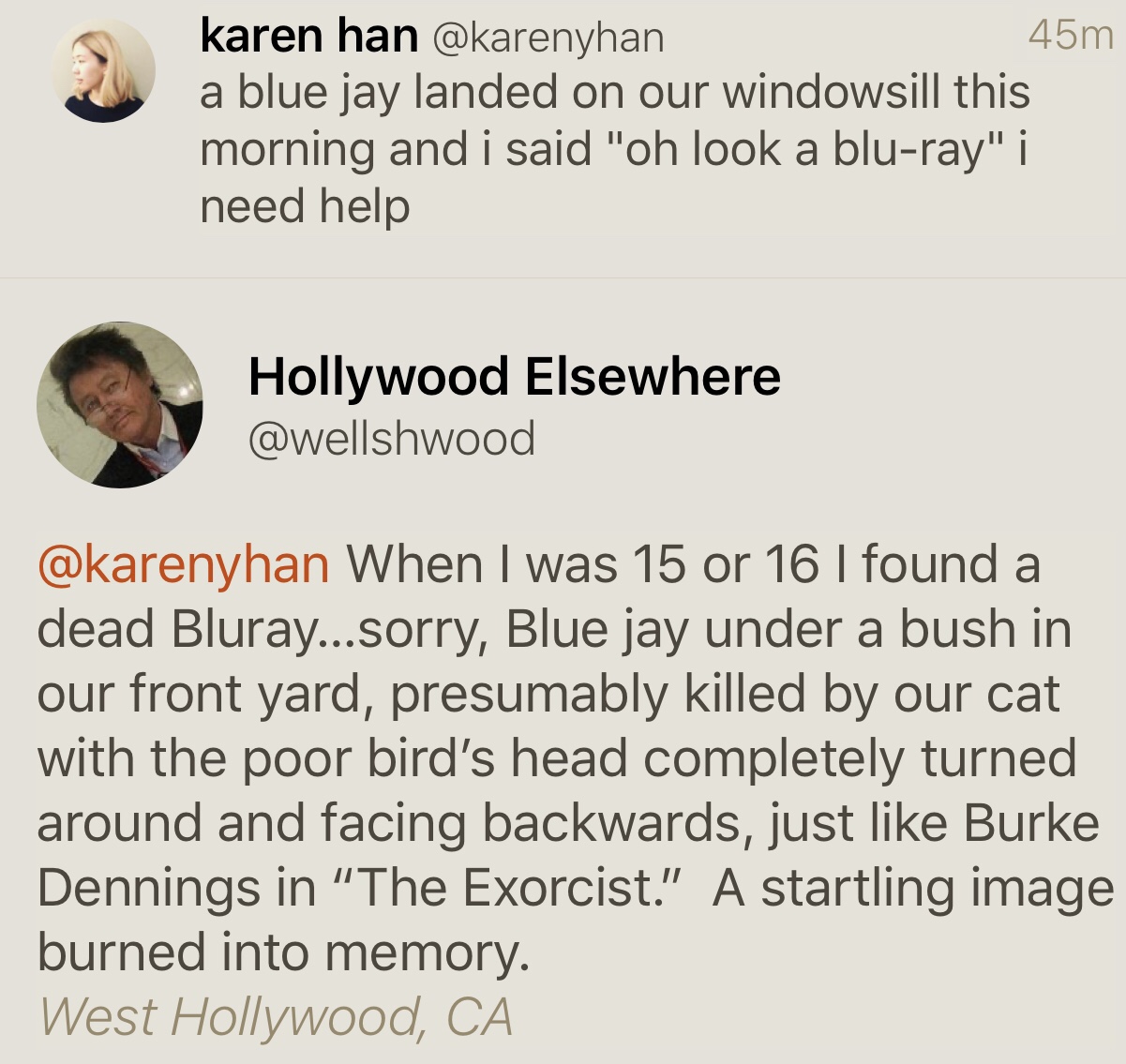As it must to all men, death came yesterday to Sumner Redstone, the scrappy, swaggering, carrot-haired media magnate and “daring dealmaker” with a huge ego and, over the last 15 or 20 years, a messy “House of Borgia” private life. Not to mention that odd episode when he fired Tom Cruise off the Paramount lot for behaving like a hyper, couch-jumping eccentric.
The Boston-based Redstone began his entertainment career in the mid ’50s with a 12-theater drive-in chain (i.e., Northeast Theater Corp.). He gradually built it into a major megaplex exhibition chain in the ’60s and ’70s. In 1987 at age 63, Redstone engineered a hostile takeover of Viacom, the syndication company that owned MTV and Showtime, for $3.4 billion. In early 1994 he took control of Paramount in a $10 billion deal. Not to mention Blockbuster, CBS, yaddah yaddah…always the drive to dominate, acquire more money and power, a few missed opportunities and miscalculations, etc. You don’t wanna know. Okay, maybe you do.
And…well, read about his combative life if you care to, but it’s exhausting. Reviewing all of the super-strenuous clutching, grabbing, conniving, plotting and scheming by Sumner, his family members and especially a pair of girlfriend gatekeepers will drain your soul. Two Vanity Fair pieces — this and this — tell part of the tale.
I spent 75 minutes refreshing my memories of the man this morning…whew, whatever, later.
The 1979 Copley Hotel fire incident was quite the episode. Redstone nearly died, suffered major burns, needed about a year to fully recover.
If I’d been in Redstone’s shoes in the ’70s and ’80s I would have paid for some neck-wattle surgery, but that’s me.



